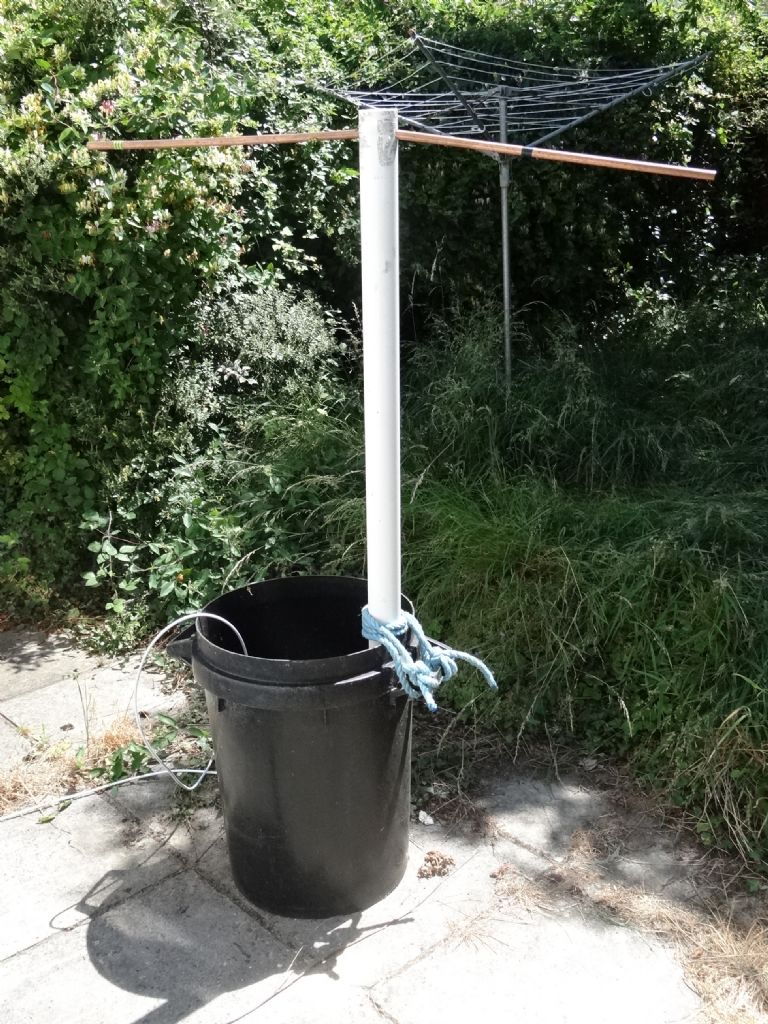Posted by Neil Wyatt on 20/06/2018 19:00:42:
Posted by Geoff Theasby on 20/06/2018 14:03:15:
Yagis need pointing, but at what?
The Graves radar in southeast France!
It's a 180-degree wide array they use to plot the orbits of satellites, it's beamed up at the sky which is why it works well.
Greater gain gives a different profile for detections – more smaller ones from a narrower area. As the number increases exponentially as they get smaller you get more hits by looking at a smaller area with greater gain.
You (or someone) asked about the ISS, I got a much better return of it today. Next challenge will be to get ISS slowscan TV the next time they do a demo. It's transmitted at 145.8MHz using a hobbyist 25 watt Kenwood transciever!

Pointing Yagis – The Graves Radar has an elevation beam width of 25deg pitched up at 15deg. The latitude of Dijon is 47degN and by way of example Northampton is 53degN

If the Rx Yagi also had a beam width of 25deg then the pitch up should be around 13deg so 10deg would be OK as the elevation beam width would certainly be greater than 25deg as it needs to be 180deg in azimuth. There is something to be said for a better shape to the RX antenna polar diagram. Now if you were to have a 4 element array that stepped in sync with the Graves azimuth sweep….
ISS – The ISS plot is interesting as it has a greater doppler shift than the meteor returns. With such a strong return from a target that isn't breaking up on entry is interesting as it has similar characteristics to the meteor return that is allegedly breaking up.
The ISS return also has those faint spectral lines how are they explained? There are also the lines at 143,046,800 143,048,900 and 143,052,900 something in the receiver?
Like Dave this is becoming an interesting distraction, particularly as I have no chance whatsover of reciveing these signals from New Zealand.
Pete
Edited By Doubletop on 20/06/2018 21:40:56
 Neil Wyatt.
Neil Wyatt.











